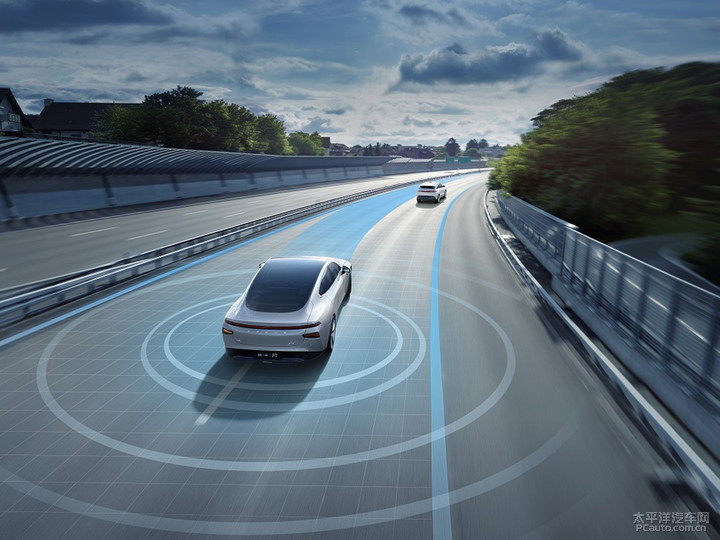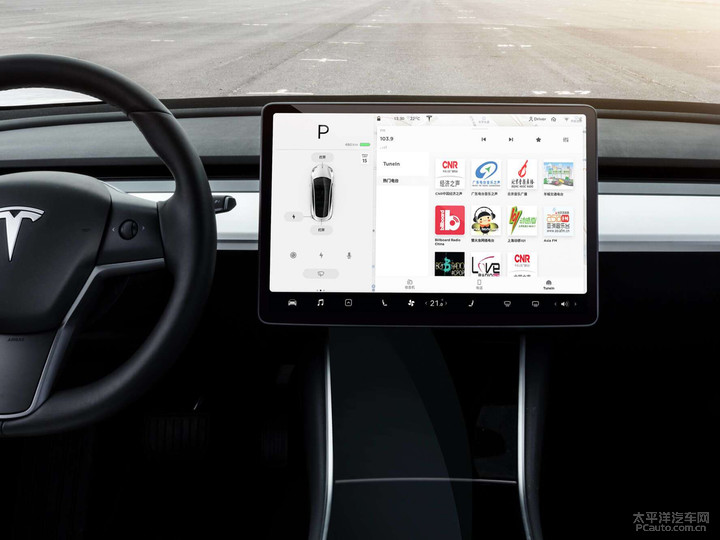Over-the-Air (OTA) Updates for Your Car: Keeping Your Ride Up-to-Date
 JamesFeb 23, 2024, 09:25 PM
JamesFeb 23, 2024, 09:25 PM
Over-the-Air Technology (OTA), is a technology that uses the air interface of mobile communications to remotely manage data on mobile terminal devices and SIM cards. After years of application and development in the public network, it has become very mature. Network operators use OTA technology to remotely manage SIM cards and provide new mobile business download functions.
Brief Introduction
OTA (Over-the-Air-Technology) refers to the technology of downloading updates and automatic upgrades via network. The application of OTA technology allows mobile communications to not only provide voice and data services, but also download new services. It is a faster wireless technology. It mainly solves a space distance problem, that is, users no longer need to drive to the 4S store and can solve some problems anywhere with a network.

Normally, the content of the OTA update has to be packaged after repeated testing by the manufacturer. The cloud server establishes a connection with the vehicle through the cellular network and transmits the files. The OTA Manager on the vehicle is responsible for managing these update files, confirms when to distribute them to the ECU control units responsible for each module, and feeds back to the server after the update is completed.
Currently, the common OTA upgrades are mainly for multimedia systems, such as navigation, entertainment, comfort configuration etc. Only a few manufacturers like Tesla will upgrade driving assistance, power unit control, and so on.

Principle
To implement OTA functionality, at least two devices are needed, namely the server and the client. There is only one server, and there can be multiple clients. The server is connected to the PC through the serial port, and the image file that needs to be downloaded is stored on the PC. The command executor provides the server with commands and image files. Firstly, the command executor controls the server to broadcast the currently available image file information, and the client compares them after receiving the information. If there is an image that matches with itself, it requests data from the server. After receiving the request, the server demands a fixed size block from the command executor and transmits it to the client on a point-to-point basis. After the transfer of the image is completed, the client checks it and then sends a termination signal after completion.
Difference between SOTA and FOTA
Car FOTA can use the network to update the vehicle's firmware system, which includes but is not limited to the control system of core components such as engines, motors, transmissions, chassis suspension and more. The "f" in FOTA stands for Firmware. Based on SOTA, it updates the firmware system through the network. In fact, OTA upgrades are indeed divided into FOTA and SOTA. FOTA refers to a full car upgrade, which means all systems of the car including the core system can be upgraded. SOTA refers to software upgrade, which means all the systems of the vehicle except the core system can be upgraded!
The essence of FOTA is firmware upgrade, including the upgrading of drivers, systems, functions, applications and so on, which is not directly related to hardware. The applicable terminal range is very wide, it can basically provide upgrade services for all the terminals on the market. Both for telecom operators and terminal equipment manufacturers, large amounts of terminal upgrade demand can be dealt with at the same time by using cluster applications, grid technology and distributed service side. The relationship between FOTA and OS is closely related.
Different OS versions require the development of different FOTA adaptation versions. At the same time, the system upgrade package downloaded by the FOTA module also needs to match closely with the OS. Not only do the hardware drives need debugging, but also version compatibility testing is required. Normally, such an upgrade package is provided by the terminal manufacturer. FOTA primarily ensures that the upgrade package is downloaded and installed to the terminal. In the intelligent era, FOTA cloud upgrades will become a standard configuration for smart terminals.
FOTA can bring a system-level upgrade to the whole vehicle system, which is a car machine software update function higher than OTA. FOTA generally refers to remote vehicle software upgrade, and is an important index to judge smart electric vehicles. Vehicles with FOTA capabilities will be able to: upgrade the vehicle's electronic control unit (ECU), car machine system firmware etc.; Users do not need to go to the offline service center or connect external devices; They can get the upgrade package and update via the cloud, achieve rapid iteration of functions, and continuously optimize the vehicle usage experience and driving experience.
If any infringement occurs, please contact us for deletion
Trending News

2026 Toyota Hilux Travo released, the brand-new exterior and interior are highly anticipated
If you're considering buying a Hilux, honestly, the comprehensive innovations in the ninth generation are worth waiting for. While the current model might still have some advantages in terms of reliability and price, the new model offers significant changes in terms of exterior and interior luxury, tech features, and powertrain options.

Jaecoo J7 VS Honda CR-V, which is the most worthwhile C-Segment SUV to buy
With an exterior that closely resembles a Land Rover, Jaecoo J7's sales experienced several months of rapid growth but have recently slowed down. Perhaps the market is nearing saturation, as Jaecoo J7 has already surpassed the once-dominant Honda CR-V in the C-Segment SUV category.

Perodua Traz VS Ativa, which one is more worth buying?
Traz, as a newly launched mid-sized SUV, offers more spacious room and mainstream power compared to small SUVs, but its pricing appears slightly higher than that of Ativa. Ativa, on the other hand, is Perodua's long-time best-selling small SUV with more affordable pricing and a balanced combination of power and tech features.

Which one is better, Honda City or Toyota Vios?
When choosing a compact sedan, Honda City and Toyota Vios are often two options that make people weigh repeatedly. You might be attracted to the dynamic design of the Vios but also be captivated by the City.

Perodua Traz VS Toyota Yaris Cross, where does the Traz fall short?
Before the official launch of the Perodua Traz, market expectations were actually very high because it shares the same DNGA platform as the Toyota Yaris Cross. However, sharing the same platform does not equate to the same experience, and the Traz's final performance has indeed been disappointing. Perhaps it is precisely because of the delayed launch that it has almost no competitiveness in the current competitive environment.
Popular Cars
Model Year
Car Compare
Car Photo

